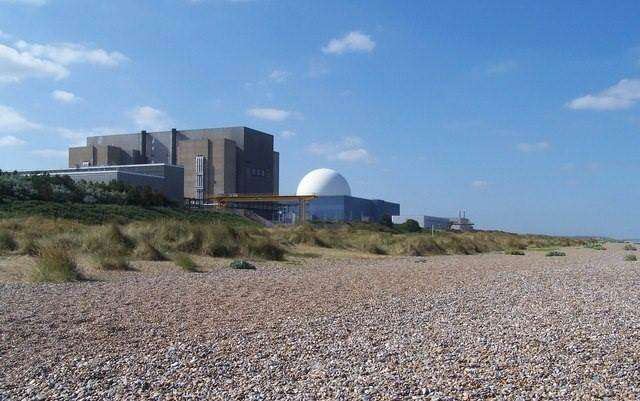Assessing the viability of small modular nuclear reactors

Small modular nuclear reactors could provide nuclear power to small communities and rural areas currently served by environmentally damaging fossil fuel energy-sources. Assessing the potential of these reactors means keeping one eye on the past, with another fixed firmly in thefuture.
Small modular nuclear power reactors (SMRs) could overcome the cost overruns and construction problems that have dogged a nuclear industry dominated by larger reactors. A timely new Physics Open paper by Esam Hussein, Faculty of Engineering and Applied Science, University of Regina, Canada, reviews the current status of SMRs and the benefits they present.
The world's energy economy has become heavily dependent on nuclear power, with sales of electricity generated by nuclear power accounting for $40-$50 billion in sales each year and over 100,000 workers contributing to production in the United States alone. Yet, despite being much 'cleaner' in terms of greenhouse emissions than fossil fuels, generating electricity without burning carbon, nuclear power is far from perfect. One of the problems is that fission nuclear power plants are expensive to build and require a great deal of space. This leaves some communities and rural areas poorly served by nuclear power and potentially by any low-carbon energy. SMRs could provide a solution.
"Small modular reactors can support sustainable development by economically providing reliable base-load electricity, curtailing greenhouse gas emissions and enabling social justice by supplying energy to isolated and deprived communities and those with limited financial means," says Hussein. "This critical review shows that those developing the emerging small modular reactor technology can benefit greatly from earlier small reactors and can learn from the challenges that have faced modular design, manufacturing and construction in the shipbuilding industry."
As well as these advantages, Hussein points out that SMRs can play a significant role in the disposal of weapons-grade plutonium, burning it to provide sustainable nuclear fuel production. The researcher continues: "Many jurisdictions are considering small modular reactors as an effective means to combat climate change, taking advantage of their flexibility and the expected reduction in construction time and cost, in comparison to conventional; large nuclear reactors."
In order to assess the viability of SMRs, Hussein focuses on the design of more than 100 reactors to assess their smallness – in terms of both size and power—unsurprisingly, an important defining factor of reactors. The International Atomic Energy Agency (IAEA) determines 'small reactors' to be any reactors with power up to 300 MW-electric (MWe).
Hussein also assesses the modularity of such reactors, an aspect most easily defined as possessing independent or loosely coupled components that have self-contained functionality and can be replaced or exchanged with similar systems. "Most emerging small modular reactors incorporate safety and operational features that were tried and tested during the pioneering years of nuclear power, but the concept of modularity is still ambiguous," he says. "As this was a critical review, all aspects of the technology had to be considered and analyzed."
The main conclusion reached in the review paper was that whilst SMRs offer a number of advantages over larger reactors, including allowing a power plant to incrementally build up its capacity without committing and risking large capital upfront, much more knowledge is needed to perfect such devices. Fortunately, this knowledge can be garnered from the design, testing and operation of earlier small reactors.
What is more ambiguous and harder to assess is the evolving concept of modularity, a somewhat controversial area that needs further research and investigation. This means that SMRs present something of a dichotomy in the nuclear field—possessing a tried and tested element and a more experimental aspect. As Hussein succinctly concludes: "What is new and old at the same time? A small modular reactor!"
More information: Esam M.A. Hussein. Emerging small modular nuclear power reactors: A critical review, Physics Open (2020). DOI: 10.1016/j.physo.2020.100038
Provided by SciencePOD




















